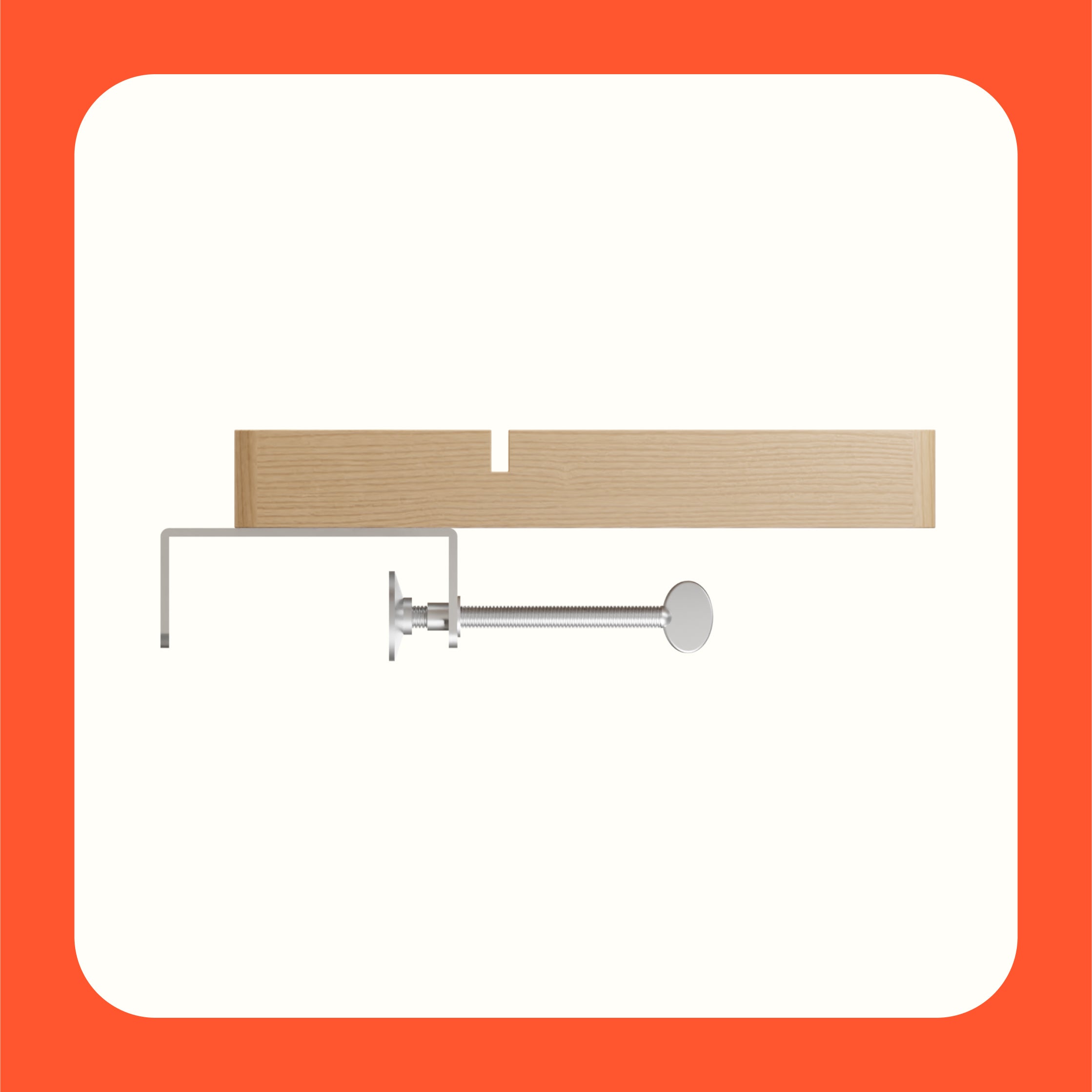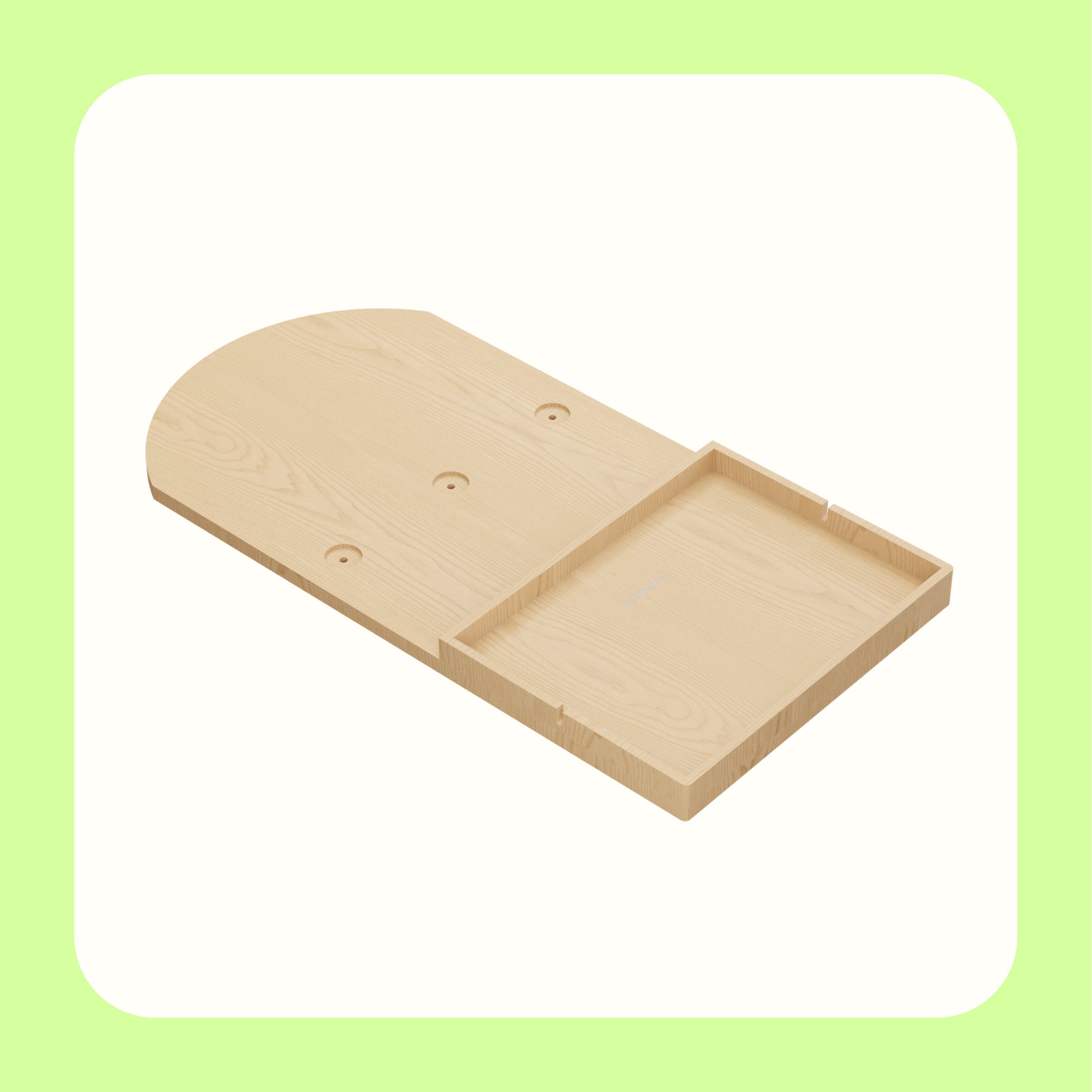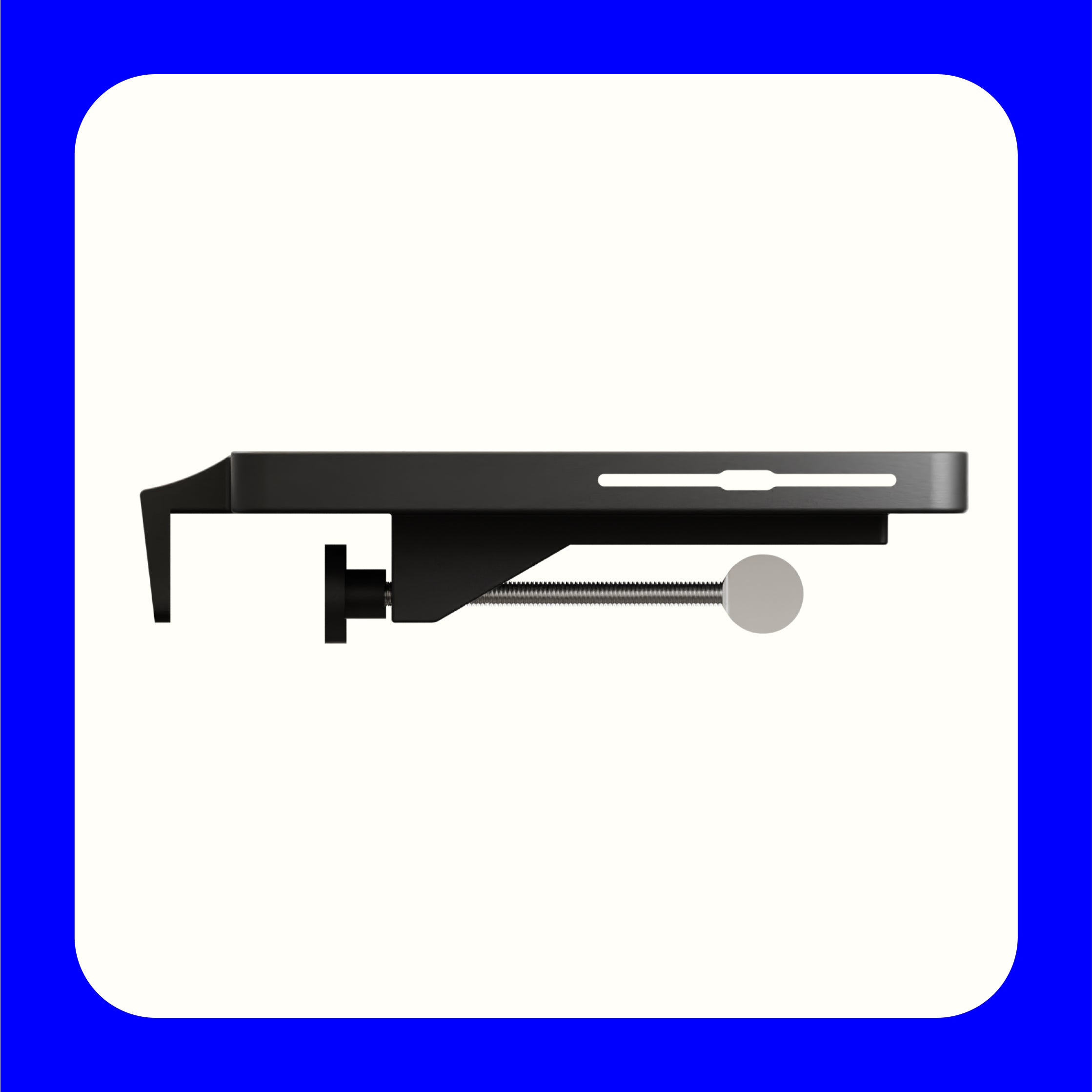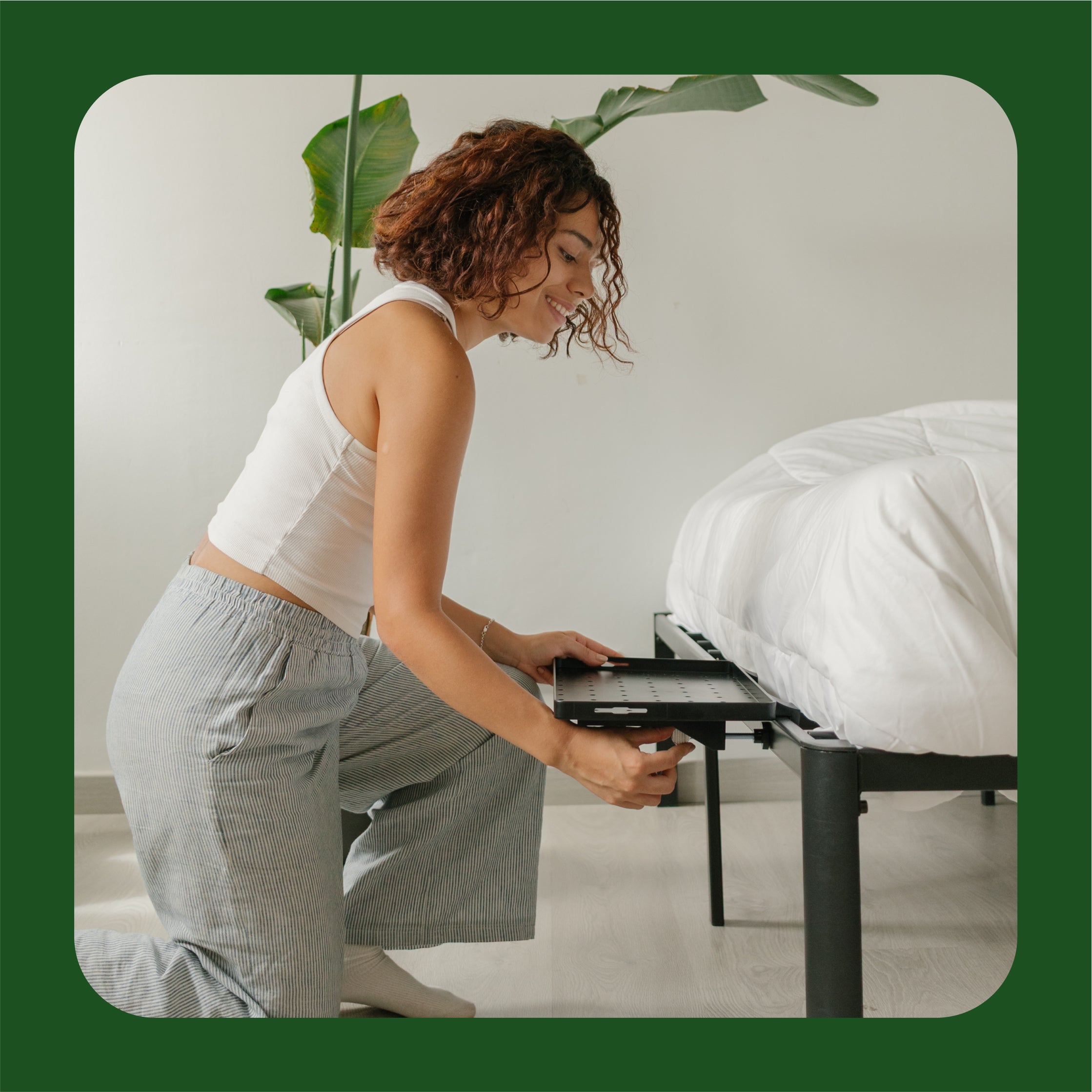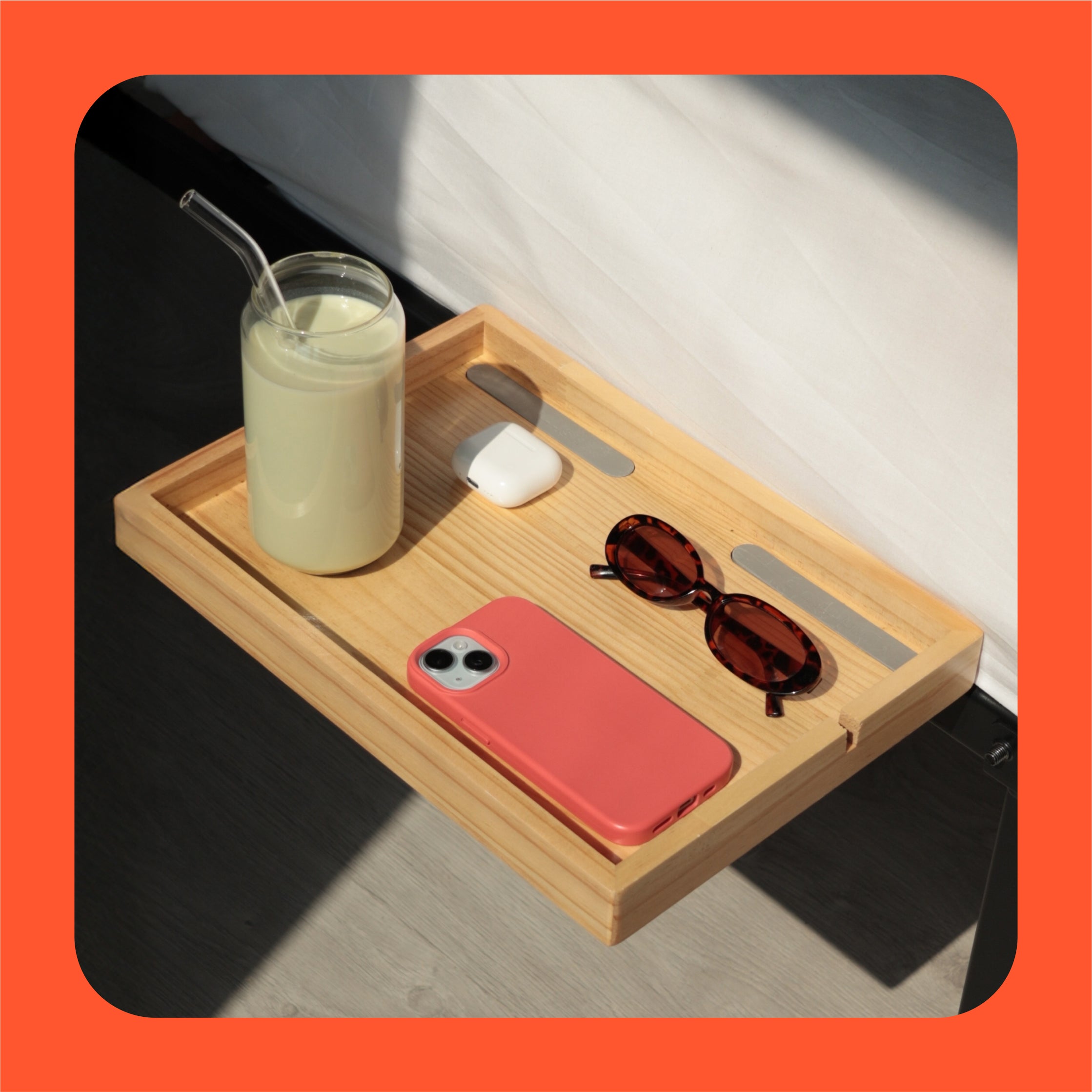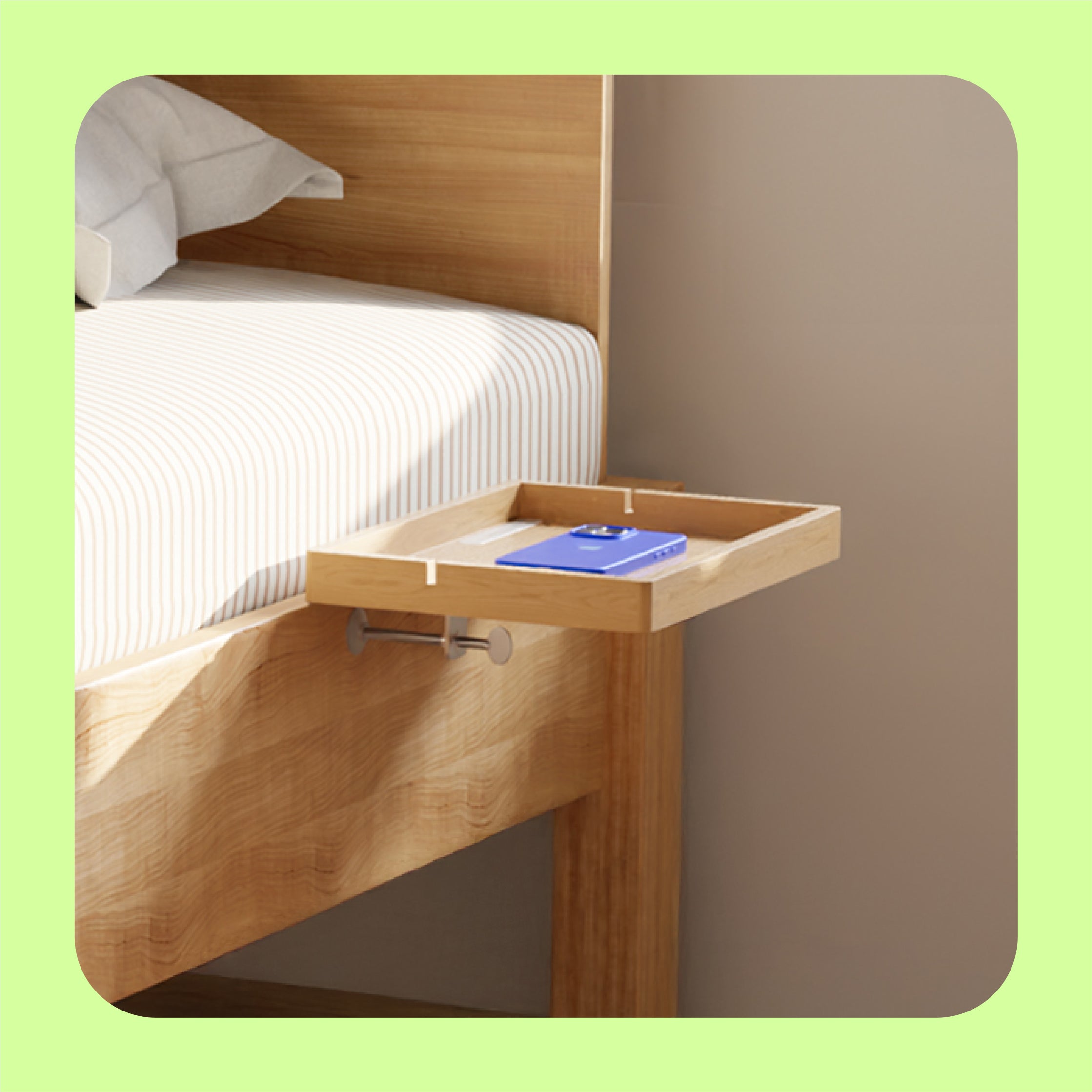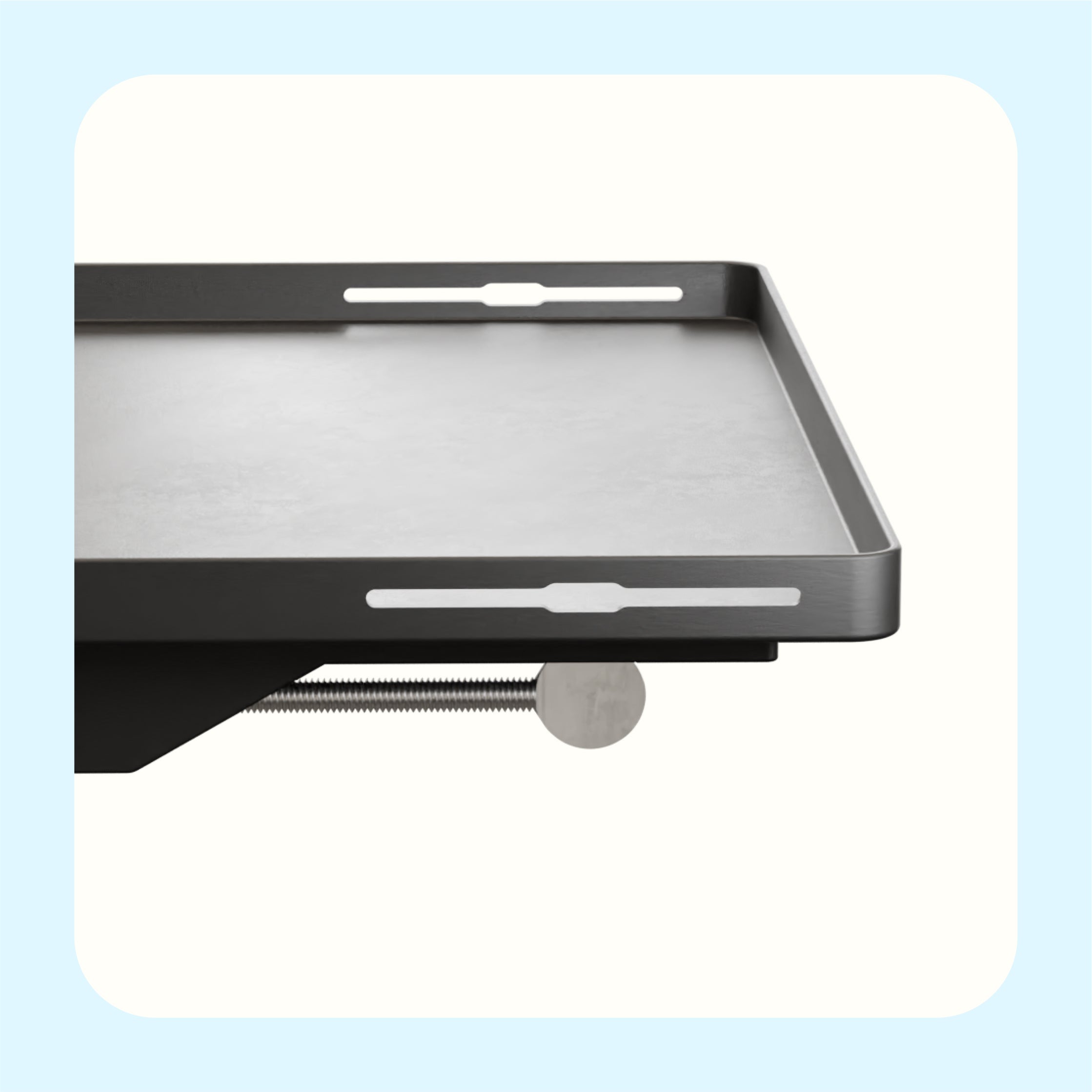Why is Small Space Living becoming a trending topic? The following interview with Apartment Therapy's Founder looks at whats going on at large and offers his 2 cents on what belongs in his survival guide. Credit: Brit+ Co.
**
Like most New Yorkers, Apartment Therapy’s founder Maxwell Ryan is no stranger to small spaces. For many years, this stylish entrepreneur’s pride and joy was his 265 square foot apartment. It was that space, in part, that inspired him to launch the Small Cool contest in 2004 to showcase other creative, resourceful, small space-dwellers around the world. We recently had the opportunity to pick Maxwell’s brain about the 10th anniversary of Small Cool and — because it’s Brit + Co — we couldn’t resist asking him to spill his favorite small space hacks.

What do you think makes small space living so attractive and interesting to people?
Two things. First, for many people it’s necessary. We’re still in a recession. Especially in urban areas like New York, it used to be that you’d start in a tiny apartment and eventually grow out of it. Nowadays, people get excited about the fact that they can transform their small apartments and make it work, rather than going bigger and moving out of their neighborhood. Small space living allows far more freedom to choose where you want to live… that’s how I’ve always lived in a fabulous neighborhood.
Secondly, we’re in a design movement in this country. Charles Eames said, “I have never been forced to accept compromises, but I have willingly accepted constraints.” Constraints like square footage are an intriguing challenge in the eyes of a designer. The space might be smaller, but the style can be higher.
What inspired you to start the Small Cool contest?
In 2004, I was living in a tiny apartment (265 square feet) and had taken great pride in transforming it. (I was always showing it off.) I was originally influenced by another friend’s small apartment and thought, “Hey, there’s got to be other simple, small apartments that are so inspired that they need to be shared.” I wanted to discover them and find out how other people were living — often in rentals, close to their means, on a budget and still creating truly stylish spaces. And from there, it grew. We celebrated our 10th anniversary this year and have found some of the most beautiful tiny apartments in the world.

What’s the smallest space you’ve seen someone living stylishly?
Ah, it’s hard to choose! Our winner of the Small Cool contest this year was pretty incredible (above). It’s a one-room, 350 square foot apartment in Brooklyn. It’s a rental, but it looks like a luxury place because what they’ve done is so amazing. It’s the old parlor room of an 1800s house that once belonged to a ship captain, so the space itself has so much character. They’ve played up every detail and managed to create three “rooms” within the room, so it feels like there’s a distinct bedroom, living area and dining room.
Do you see small space living as a fad or a future way of life?
I don’t think it’s a fad. This past spring, we had the chance to visit IKEA in Sweden. It’s a fascinating company and one of the reasons they are so great is that they study their customers. They have a full-scale research team that visits homes all over the globe and reports on how people are living. This is actually the first year that there are more people in urban areas than rural; the younger generation is coming to the city (all over the world) and living in smaller spaces. They design and plan wisely and are working in the small space sector because they believe it’s not a fad.
How do you think technology supports small space living?
Multi-use furniture is obviously one way. But honestly, I get stressed out by the thought that my bed might need to go up and down every night! However, I do think technology is allowing smaller spaces to have the amenities you previously could only have in bigger spaces. From our Bluetooth speakers to computers, it’s like the jewelry of the home — but also useful. The Nest Thermostat, for example, is a WiFi thermostat that you can install in your house or retrofit into a rental in just a couple minutes. You can control it from your phone and it actually learns your habits in order to save you heating and cooling costs. Like a lot of this new tech, it’s beautifully designed and actually attracts attention like a fashion accessory. I mean, I even have a bathroom scale that has WiFi!

Where can people go to get inspired by this less-is-more small space movement?
Sites like ours, of course! Additionally, I pay close attention to restaurants because they get so creative with their spaces, their lighting, their place settings… it can be great inspiration for kitchens and dining rooms. And boutique hotels (heavily influenced by European trends) are really pushing smaller rooms, but higher style.
As a designer, what are your top five small space tips for people who are up for the challenge?
Ah yes, a small space survival kit!
- Paint the walls off-white and stain the floors dark (if it’s a rental, try a floor rug with darker tones). This color contrast makes rooms appear more open and gives you more light. Really, it’s all about the lighting; the more light, the bigger a room feels.
- Next (again, lighting), set up three points of light in each room.
- Get light into dark places, like closets.
- Remove unnecessary doors between rooms and on closets. Doors can limit furniture placement and easily cramp a room. Getting rid of them allows you to use 100% of the space, even in a rental.
- Mirrors! I’m a big fan of tasteful mirrors. They augment the light, brighten up walls and amplify those three points of light in each room. I love nice big ones for the dining room (it can double the space). I also put them in the hallway and even in the back of cabinets or tiled on the wall in an interesting way, but never in the bedroom. Mirrors are such a good tool that can be cool and not cliché.
